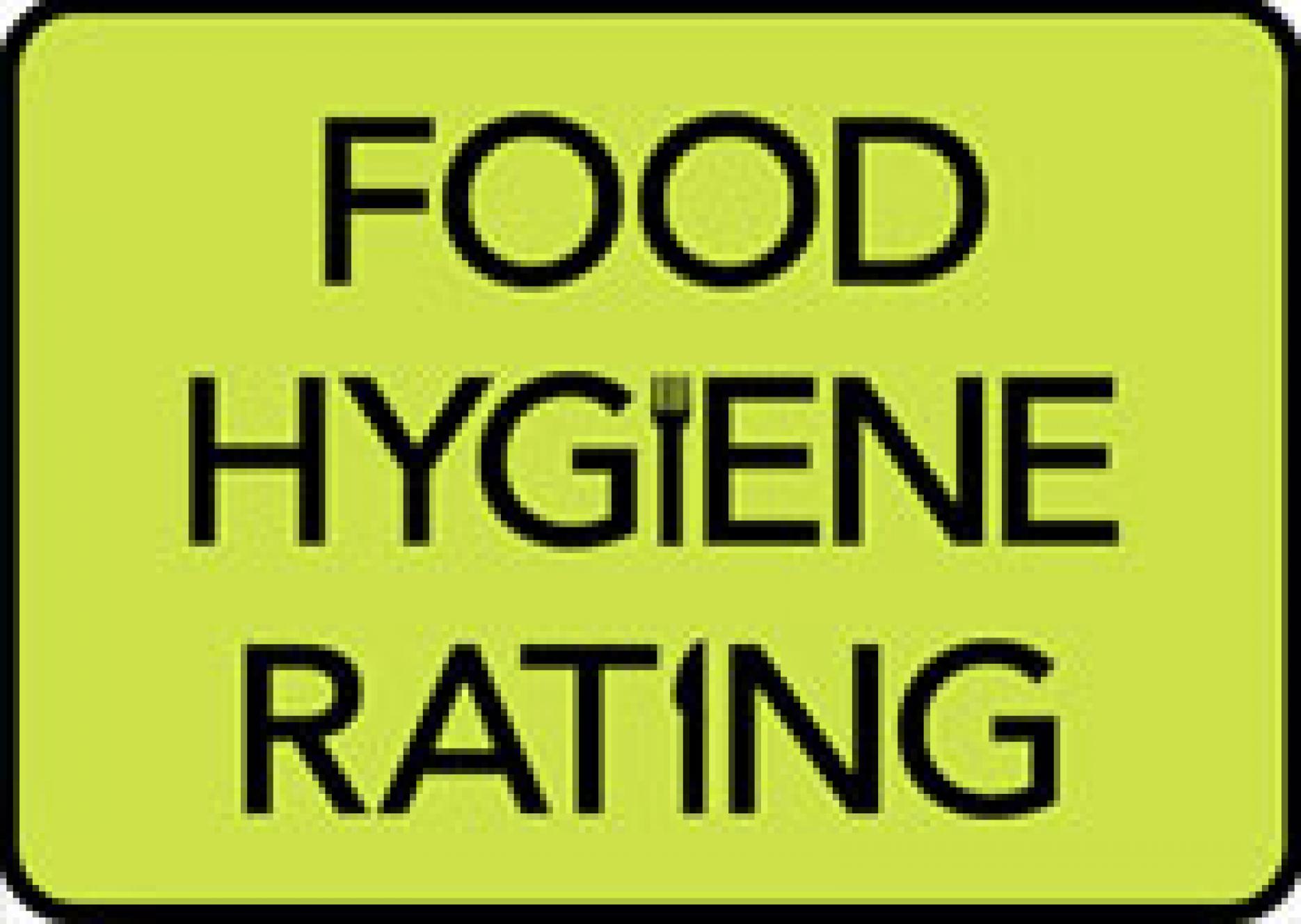
Research shows more businesses displaying top food hygiene ratings
The results of an audit and telephone survey showed the number of companies displaying their ratings has increased to 52% in England; 47% in Wales and 57% in Northern Ireland.
The Food Standards Agency (FSA) said the increase in displays is because more businesses are now achieving ratings of four or five.
For those with the bottom ratings of 0 to 2, the number displaying these remains low. Only 10% in England display their scores but the figure jumps slightly to 13% in Northern Ireland and 17% in Wales.
The findings are being used by the FSA to further develop its FHRS communications strategy and to inform policy development on display of ratings at premises.
Foodservice operators said the main reasons for displaying the stickers and certificates were customer perception and being proud of having achieved a high rating.
Common reasons given for the ratings not being displayed included; the fact that it is not mandatory; operators do not like the scheme or a view that the scheme is unfair; a low rating; not got round to it or didn’t know they should; it’s head office policy not to display; or it doesn’t suit the surroundings.
Catriona Stewart, head of the Food Hygiene Ratings Team, said: “Many of us make spontaneous decisions about where to eat, so being able to see the rating on the door or in the window is important. It’s encouraging to see that the number of businesses displaying the top two ratings is going up.
“But there is still a way to go. More of these businesses could be showing their customers that they take food hygiene seriously. We’re developing a toolkit to help them do this and make the most of their ratings. The more ratings on display, the better for consumers and the sooner the scheme can achieve its potential to improve public health.”
